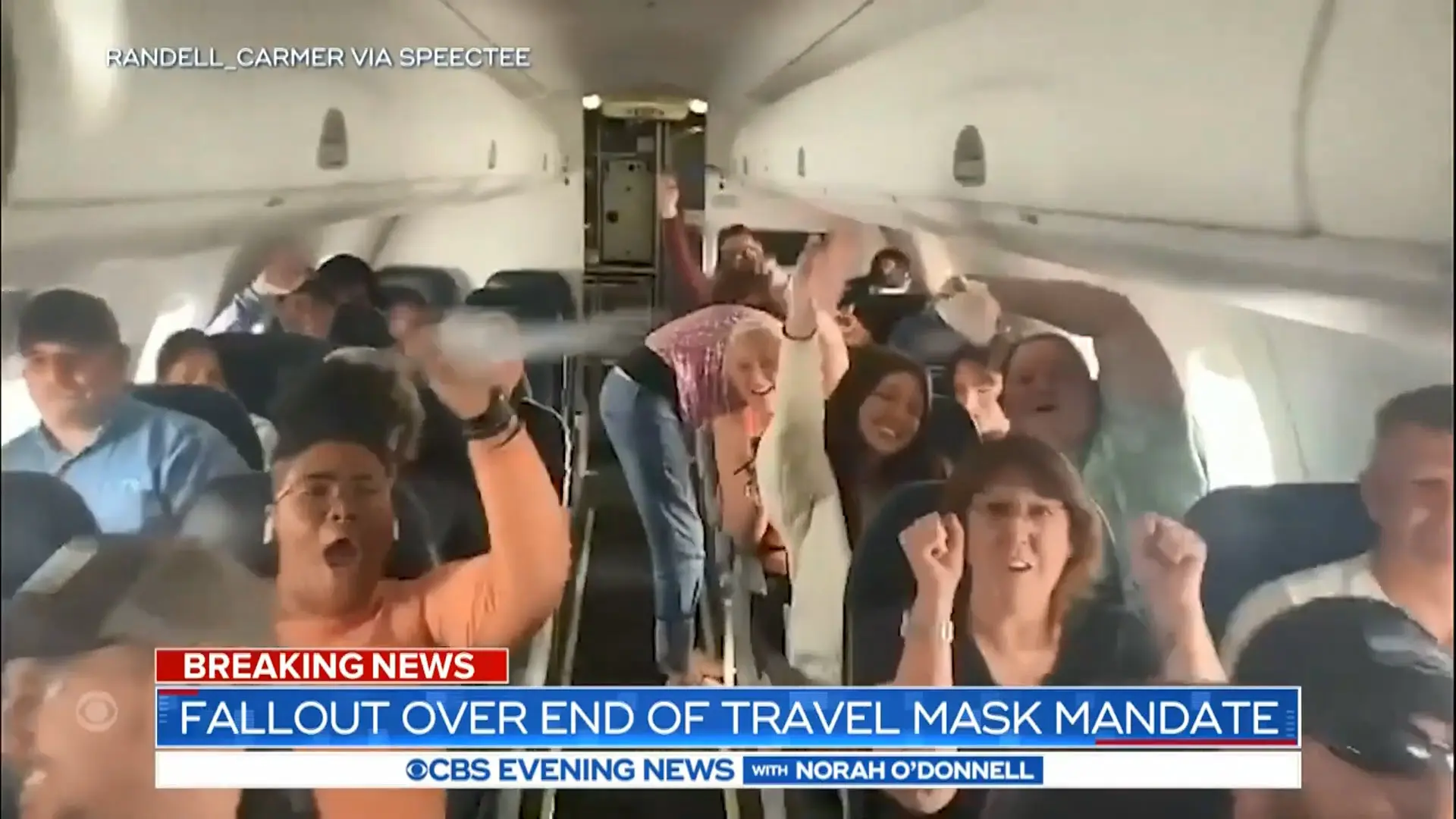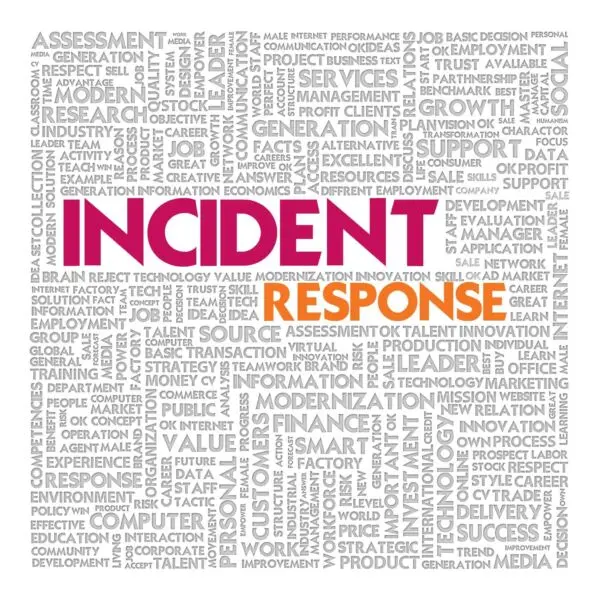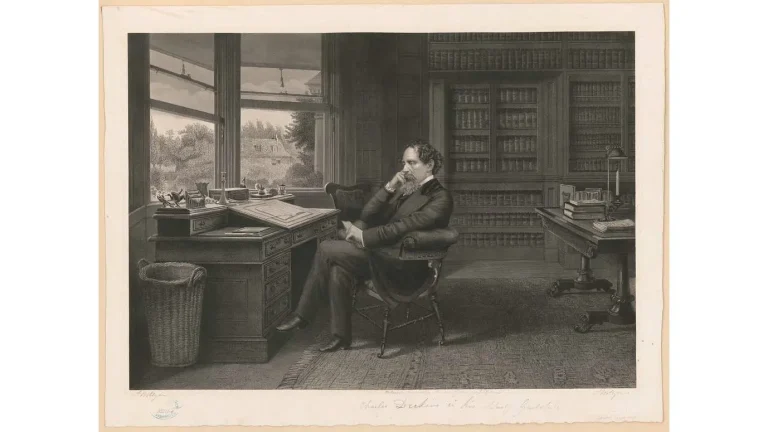What Happens Without Crisis Planning? A Worse Crisis
Recent headlines underscore the need to prep for the inevitable
Some comms teams are not ready for the next crisis. Just read the headlines.
On Monday, April 18, a federal judge in Florida declared the government’s mask mandate for public transportation to be unlawful. While not a slam dunk, the decision was hardly a shock, as the judge is a Trump appointee with a conservative pedigree.
Yet many of the companies affected by the decision reacted as if they’d never considered the possibility. On some airlines, pilots heard the news and lifted their mask mandate in flight. Some passengers whooped in delight. Others feared for their health, the protection they counted on suddenly gone.
Whatever your views about mask mandates, it seems clear that health and safety policies that apply when a flight takes off should remain in place until it touches down. But the airlines hadn’t prepared their pilots and flight attendants with statements to use if a decision were announced mid-flight. Some were left to ad-lib — or say nothing.
It took the Biden Administration until that evening to acknowledge that the mandate “is not in effect at this time.” By then, airlines, airport and mass transit agencies across the country had already abandoned the rule.
Although the airlines can’t be faulted for the judge’s sweeping decision, or for the federal government’s fumbled response, they should have been planning for this scenario for weeks, ready with vetted statements and guidance to cover every possibility.
Franchisee fail
Another example: In March, an executive at a company that operates dozens of Applebee’s and other restaurant franchises around the country sent a now-infamous memo suggesting that higher inflation, especially gasoline prices, could be beneficial for their restaurants because more workers would be eager to work, potentially at lower wages.
“Most of our employee base and potential employee base live paycheck to paycheck,” the executive wrote. Some of them “will need to work more hours or get a second job” to maintain their current standards of living. This will “increase application flow and has the potential to lower our average wage.”
At one of the franchisee’s Applebee’s restaurants, managers and staff walked out, forcing the restaurant to close and attracting national media attention.
The franchisee company soon fired the executive, and Applebee’s corporate office quickly made clear that he had worked for Apple Central, a separate company, not Applebee’s itself. Setting the record straight was the right, and obvious, move, though for many a distinction without a difference.
But beyond that, Applebee’s response fell short of the moment, likely because they hadn’t properly planned for what should have been a top scenario in their crisis-comms playbook: bad PR from a franchise owner.
Instead, the statement included a rather boilerplate assurance that “our team members are the lifeblood of our restaurants, and our franchisees are always looking to reward and incentivize team members, new and current, to remain within the Applebee’s family.”
In the heat of the national media coverage and social media fury unleashed by the memo, Applebee’s needed to step up with a more personal assurance, preferably from its CEO (or that of giant parent company Dine Brands Global, which also owns IHOP), that it truly values its front-line team members.
The emotional connection between the brand and its customers (and employees) has been frayed. Repairing the damage requires an emotional response. That language should have been written and approved in advance.
The Lesson? Plan, Plan, Plan.
We work with corporate communicators every day. They’re busy folks, constantly juggling scheduled and unscheduled tasks while keeping one eye on the news and social media to watch for threats to their brands’ reputations. In that environment, it’s hard to set aside time to plan for crisis scenarios that may never come to pass.
Except, here’s the thing: They do. Crises are inevitable. They’ll hit without warning, probably on a busy day. And they’ll threaten to ruin the painstaking work you’ve done for years to build your organization’s reputation among key stakeholders, including employees. An inadequate response, however well-intentioned, can make matters worse by sending the wrong message.
There’s no time to consider every angle after a crisis hits. Minutes matter. Critics are posting hot takes. Reporters are calling. Customer-facing staff need to know what to say. It’s no wonder people drop the ball and say the wrong thing — or say nothing.
And without thoughtful planning — including drafting, debating and vetting messages before the crisis – even the most skilled comms pro tends to fall back on mealy-mouthed language. When everyone is watching what you’ll do and say, that just doesn’t cut it.
No one can improvise a coordinated response when the building’s on fire; that’s why we have drills. There’s no substitute for crisis comms planning that addresses specific threats. Without it, reputations can be damaged, and the time it takes to recover may be a lot longer than the crisis itself.
Nick Lanyi is an affiliate consultant with Ragan Consulting Group. He specializes in crisis communications planning, training and response.
Contact our client team to learn more about how we can help you with your communications. Follow RCG on LinkedIn and subscribe to our weekly newsletter here.







